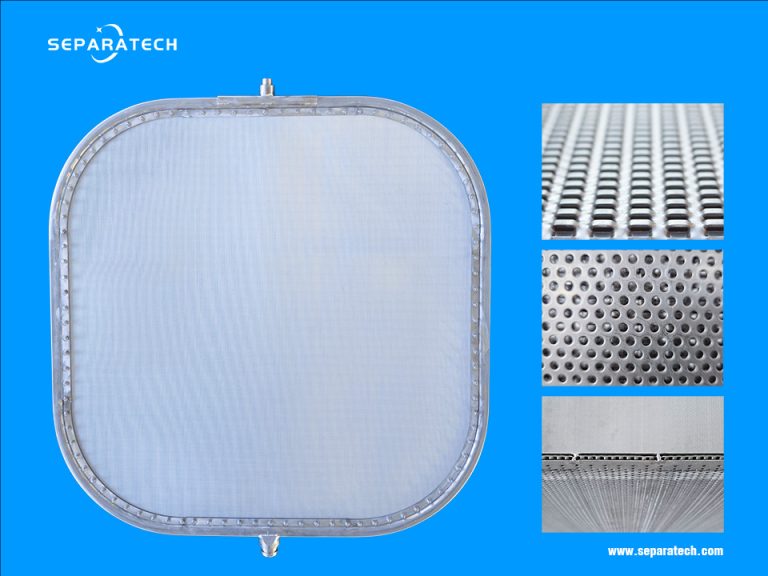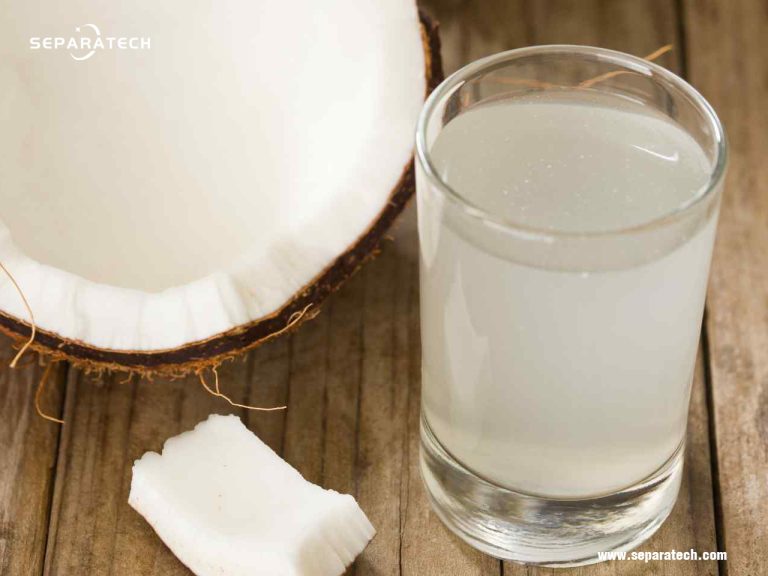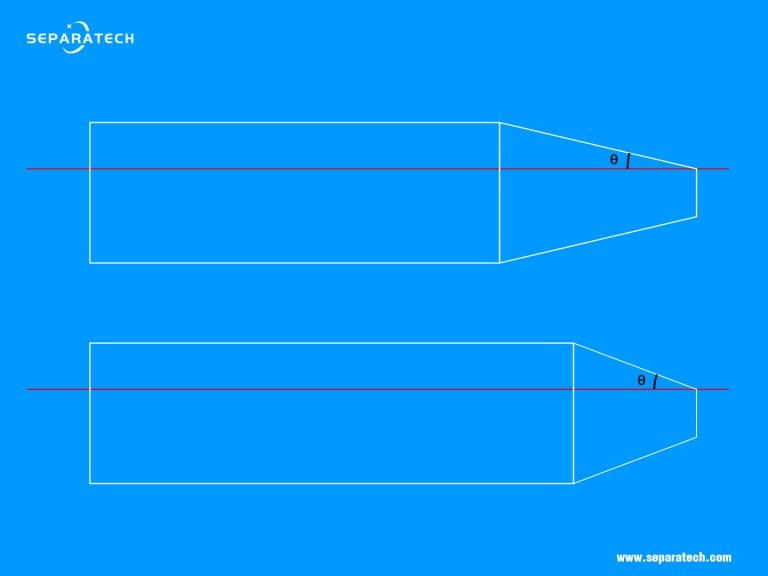In the world of filtration, there exists a remarkable component that often goes unnoticed, yet plays a vital role in ensuring clean and clear liquids for various industries. These unsung heroes are known as “filter leaves,” and they are at the heart of filtration systems, like the vertical pressure leaf filter, horizontal pressure leaf filter, and many other filtration solutions. In this article, we’ll take a deep dive into the structure, manufacturing process, usage, and features of filter leaves, shedding light on their indispensable role in the filtration process.
Understanding the Structure of Filter Leaves
Filter leaves are precision-engineered components designed to capture impurities and solid particles from liquids, leaving behind a clear and purified substance. These leaves consist of a robust framework, usually made of stainless steel, which provides the necessary support and durability. Attached to this frame is a specialized filter medium, such as a fine mesh, which traps contaminants as the liquid passes through it.
The arrangement of leaves within a filtration system can vary based on the specific design and application. In the case of vertical pressure leaf filters, they are stacked vertically, forming a cylindrical shape, while horizontal pressure leaf filters have a horizontal arrangement. This structure allows for efficient and thorough filtration, making filter leaves suitable for a wide range of applications.
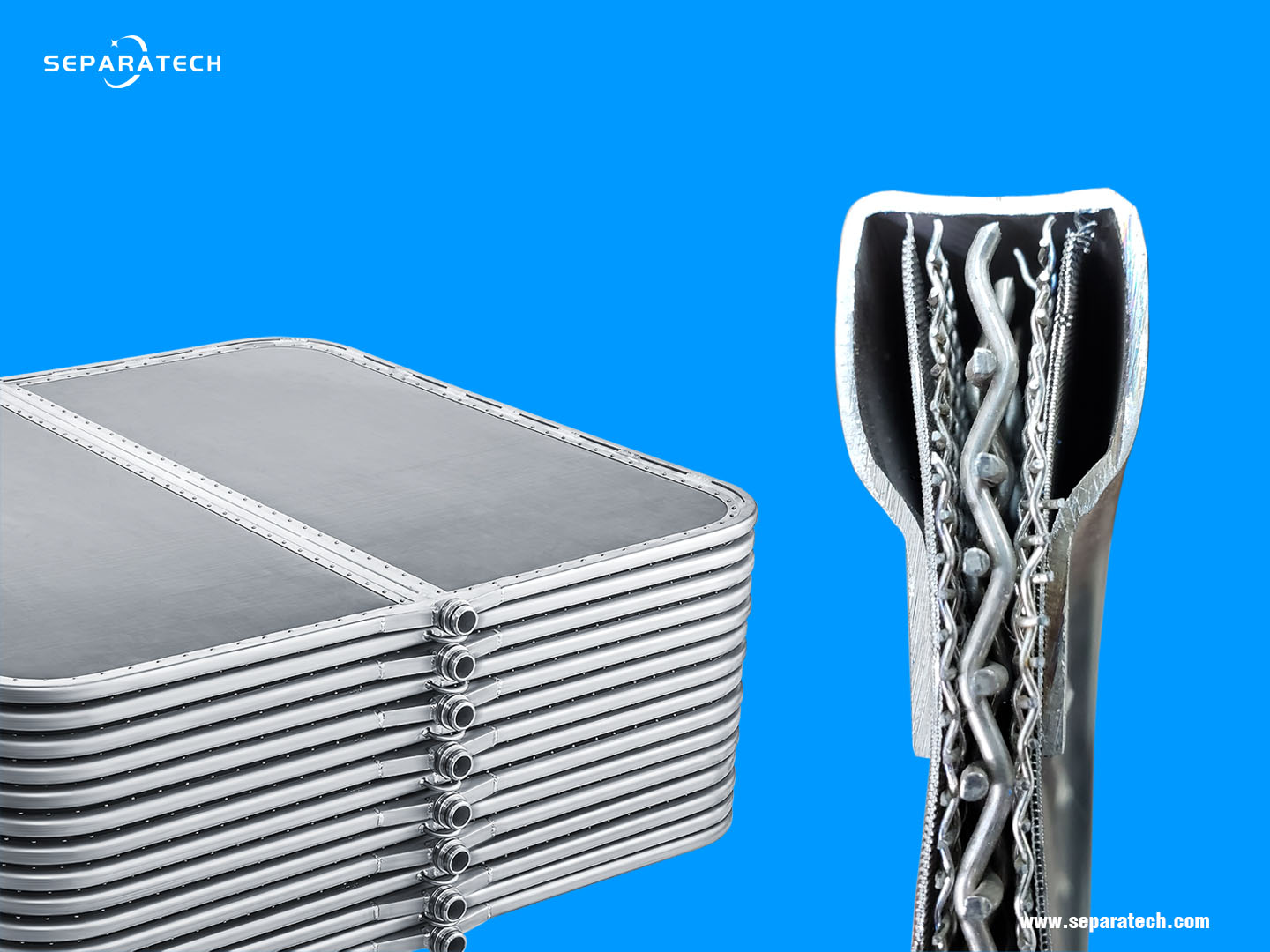
Features that Set Filter Leaves Apart
1.Customizability: One of the key advantages of filter leaves, especially those offered by SEPARATECH, is the option for customization. This means that leaves can be tailored to meet the specific needs of an application. Customization ensures optimal performance and efficiency.
2.High Filtration Efficiency: Filter leaves are designed to offer exceptional filtration efficiency, effectively capturing even micron-sized particles.
3.Durability: With their stainless steel frame and carefully selected filter medium, filter leaves are built to withstand harsh conditions, ensuring a long service life.
4.Ease of Maintenance: Filter leaves are easy to clean and maintain, minimizing downtime and ensuring consistent filtration performance.
Versatile Applications
Filter leaves find applications in numerous industries, including:
1.Food and Beverage: Filter leaves are essential for the production of clear and pure beverages, such as edible oil, beer, wine, and fruit juices.
2.Pharmaceuticals: They are used to ensure the purity of pharmaceutical products and maintain the highest quality standards.
3.Chemical Processing: In the chemical industry, filter leaves are indispensable for separating solids from liquids, preventing contamination and ensuring product integrity.
4.Oil and Gas: In the oil and gas sector, filter leaves are deployed to remove impurities and contaminants from various fluids, ensuring smooth and efficient operations.
5.Water Treatment: Municipal and industrial water treatment facilities rely on filter leaves to provide clean and safe drinking water.
The Manufacturing Process
Filter leaves, also known as leaf filter elements, or niagara filter leaf. The production of filter leaves is a precise and controlled process that demands a high degree of expertise and quality control to ensure their efficiency and durability. Here is a step-by-step overview of the production process:
Material Selection:
The process begins with the careful selection of materials. The primary material used for the frame of filter leaves is typically stainless steel. Stainless steel is chosen for its exceptional corrosion resistance, strength, and longevity. The specific grade of stainless steel may vary depending on the intended application and the level of resistance required.
2. Frame Fabrication:
The stainless steel is then fabricated into the frame of the filter leaf. This frame serves as the structural support for the filter leaf and provides the necessary rigidity to withstand the pressures and stresses of the filtration process. The frame is typically constructed in a shape that aligns with the filter housing in which it will be used.
3. Attachment of Filter Medium:
One of the most critical aspects of filter leaf production is the attachment of the filter medium. This filter medium, which can be a fine mesh or other specialized materials, is what captures impurities and solid particles during the filtration process. The filter medium is precisely adhered to the stainless steel frame using advanced riveting /bolting methods. This step is pivotal in determining the filtration efficiency and effectiveness of the filter leaves.
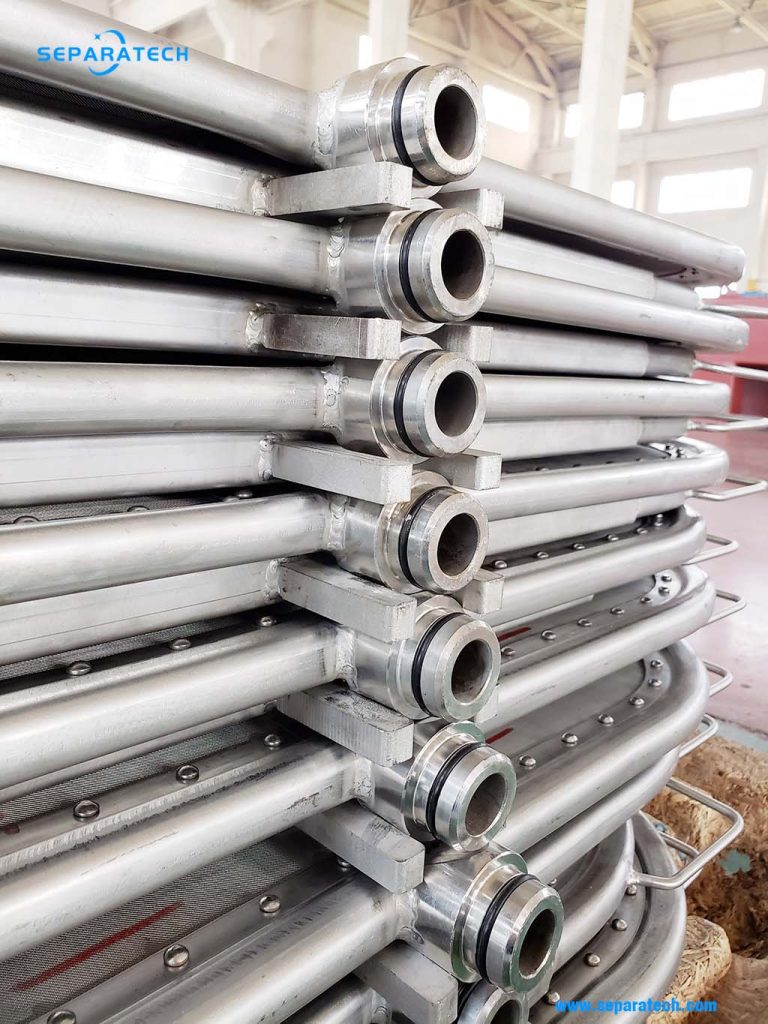
SEPARATECH: Your Customization Solution
For those seeking the highest level of customization for their filtration needs, SEPARATECH is the go-to provider. With a strong reputation for delivering tailored filtration solutions, SEPARATECH offers filter leaves that can be customized to match the specific requirements of your industry. Our expertise in customization allows you to achieve maximum filtration efficiency, extending the life of your filtration equipment, and ultimately reducing operating costs.
In conclusion, filter leaves are the unsung heroes of the filtration world, ensuring the purity and quality of liquids across various industries. With their versatile applications, customizability, high filtration efficiency, and durability, filter leaves play a vital role in maintaining the integrity of products and processes. Consider SEPARATECH for your filtration needs, and unlock the full potential of filter leaves for your industry.
Invest in the power of filtration. Contact SEPARATECH today and experience the difference that customized filter leaves can make in your operations.
